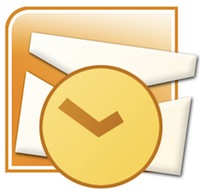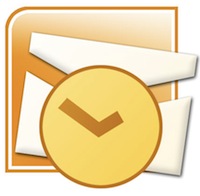My problem here was that a client asked needed to extract data from a few disparate sources and build a clean, usable list of email addresses. Certainly, no small feat since some of this would have to come out of an email account itself. I wasn’t even going to benefit from working from contacts either – addresses had to come from the messages themselves. I’m going to describe what I did to get there.
If you update Windows 8 to Windows 8.1, Microsoft is also going to give you Outlook 2013 RT. Incredible new for users, but even more, Microsoft has to be the only company with the balls to offer a full productivity application in an OS update.
Outlook 2013. The mail application has existed in a number of incarnations since the early 1990’s when it was included in copies of Microsoft Exchange. The application has had to contend with a number of major computing shifts while eMail has essentially stayed the same. Today, I take a look at what’s new and notable in Outlook 2013.
I’ve written often about Outlook and PST files. I want to see a day that users could open up PST files on a Windows computer like they might open a text file. Well, sadly, that day is not here yet.
In this small sliver of time, I would attempt to take a good look at email clients in the age of servers running POP3 and IMAP for access. Also, at this time you couldn’t use POP3 for most of your free mail accounts (such as Hotmail). As always, I’ll look at my previous work through a, older, and possibly wiser lens while you marvel in watching my path of self-discovery.
If you look to Microsoft for the “Official” word on getting mail data out of the OST file, you’ll be met with “not possible” or “not supported” or some version of those words. In the world of IT, when you need to get at user’s mail data – “not possible” is not going to cut it. Here’s how you can get some (or all) the mail data out of OST files.
The recent fighting, twitter movement, and protests over the support of HTML in Outlook 2010 had me thinking what Microsoft would need to do to set themselves apart and really do something special. Microsoft needs to offer Outlook 2010 (Without Word HTML rendering) for free when they release the 2010 version of their Office product.





